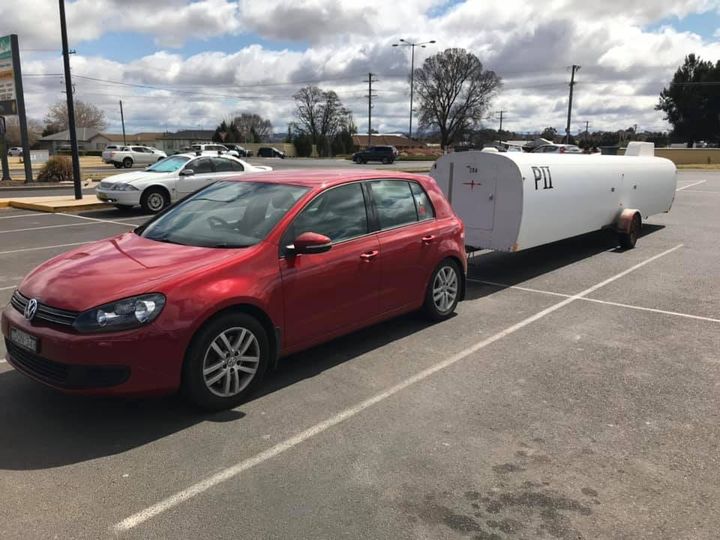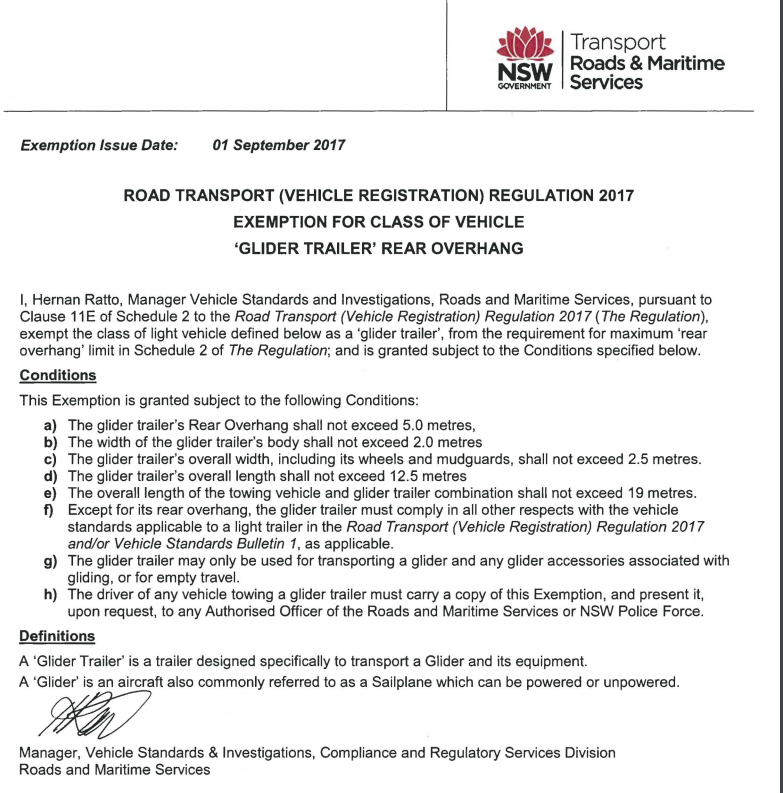Trailer Designs
What is a Trailer?
A trailer is an unpowered vehicle towed by a powered vehicle. It is commonly used for the transport of goods and materials. Sometimes recreational vehicles, travel trailers, or mobile homes with limited living facilities where people can camp or stay have been referred to as trailers. So trailers include caravans, boat trailers, box trailers, car transport trailers, glider trailers (which have some special exemptions) and horse or livestock floats. LearntoTow.com.au courses refer only to light tailers.
What is a Light Trailer?
Trailers come in all shapes and sizes and designs, but LearntoTow.com.au courses only cover trailers that fit into the category of light trailers. Light trailers are any trailers less than 4.5 tonnes aggregate trailer mass (AGM). See Glossary of terms for an explanation of AGM.
Some Differences Between Trailers
Probably the most common differences you will see, refers to the number of axles-
single axle- having just two wheels
dual axle- having four wheels
triple axle- having six wheels
Australian Design Rules apply to all trailers sold or manufacturer for use in Australia. These rules specify a range of parameters.
Trailer Laws and Special Exemptions.
Throughout this course material, reference is made to various parts of legislation applying to trailers. There are however some exemptions granted in special circumstances for some trailers that have a special purpose.
Glider/Sailplane trailers are a good example of trailers that, due to the shape of the load that they carry, and the inability to effectively reduce the length of that load, the trailers exceed the maximum dimensions allowed. When towing a glider trailer, the driver must carry the special exemption paperwork and produce it to law enforcement officials when asked to do so.


